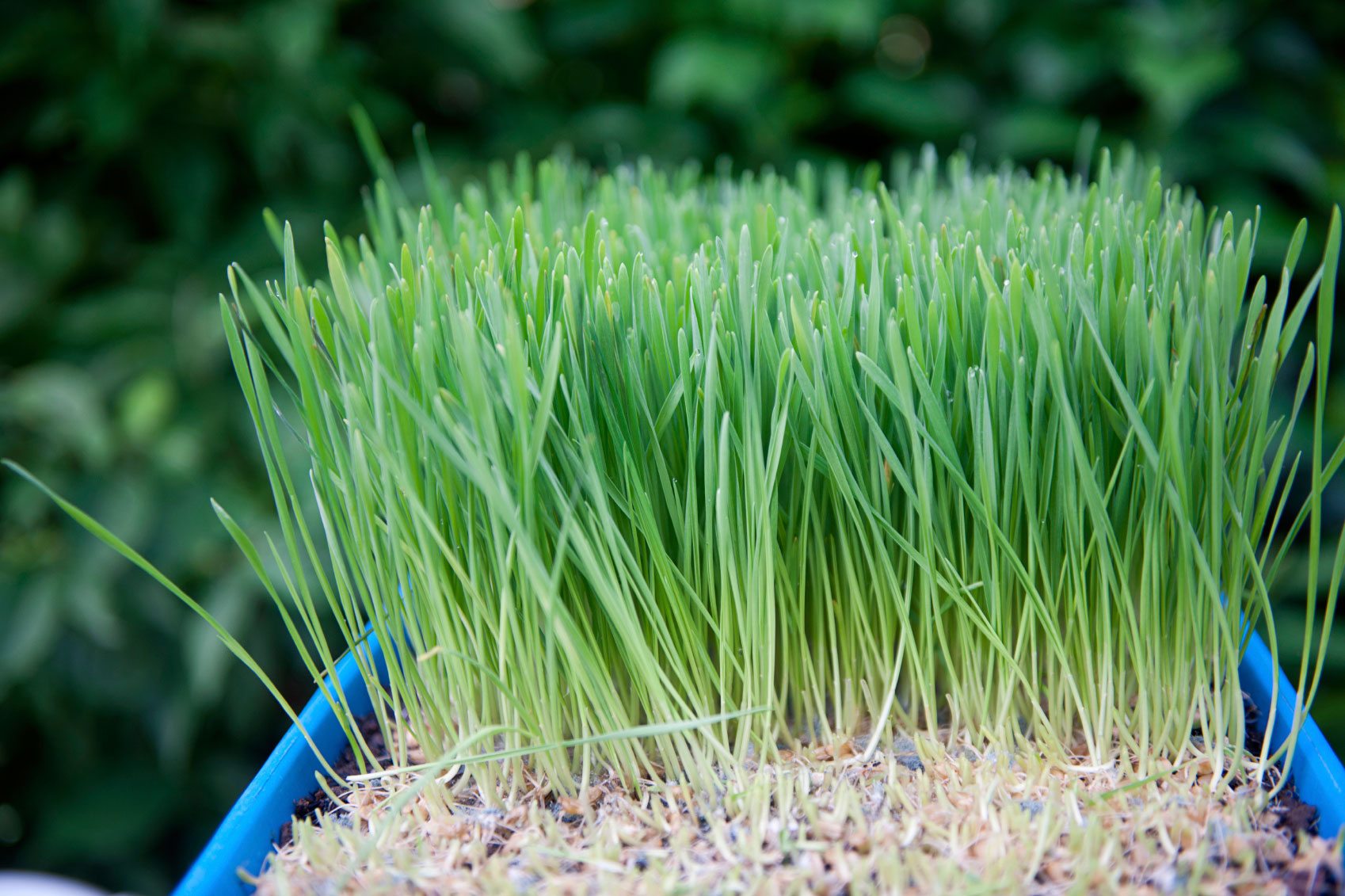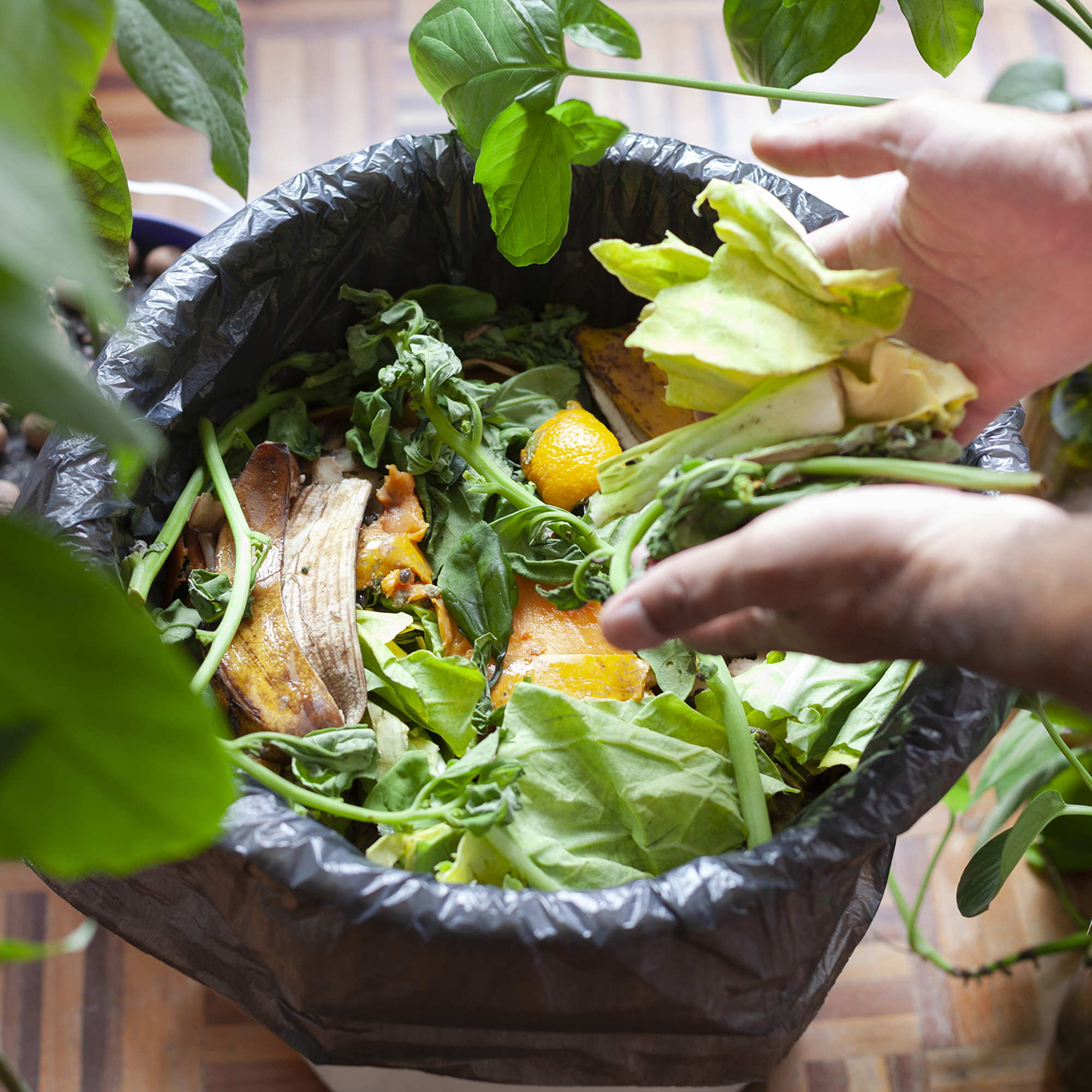Care Of Wheatgrass: Growing Wheatgrass Indoors And In The Garden


Wheatgrass juicers tout the many health benefits supposedly associated with the plant. One serving provides the nutritional advantages of five to seven servings of vegetables daily. Growing wheatgrass indoors is easy and makes it readily accessible for daily juicing. Harness the health benefits yourself when you learn how to grow wheatgrass. You can grow wheatgrass outdoors too, but it is easier to protect the quality of the plant in an interior setting. Whether you choose to grow inside or outside, the grass is a bundle of nutrients that are best accessed with juicing. Its use can be traced back 5,000 years to Mesopotamian civilization and is a member of the cereal family of grass-like foods such as barley and oats.
How to Grow Wheatgrass
Growing wheatgrass in a garden or inside in a tray provides quick availability for highly nourishing fuel for the body. The downside to growing wheatgrass outdoors is that it will be exposed to browsing animals, including kitties, bird waste, and other contaminants. It is cleaner and less likely to get damaged when it is grown as an interior crop. The plant needs a very shallow growing medium because it is a short-term crop. Approximately 2 teaspoons (10 ml.) of organic wheatgrass seed will fill a small container the size of a piece of standard paper and give you a couple of juices. It is a good idea to start a new batch of seed every couple of days for consistent supply. The first step is to soak the seed in enough clean water to just cover them for 8 to 12 hours.
Steps to Growing Wheatgrass
Select a shallow tray and clean it thoroughly. Remember, this will be a food crop so, if necessary, sterilize it with a mild bleach solution and rinse with clean water. Fill it 2 inches (5 cm.) deep with compost, potting soil, or vermiculite and pre-moisten the soil before you plant the seeds. It's a good idea to use a tray, even if growing wheatgrass outdoors, just for the ease of care and in order to monitor your crop and move it if necessary. Wheatgrass prefers temperatures between 60 and 75 degrees F. (15-23 C.), and does not like temperatures above 90 degrees F. (32 C.). Drain the soaked seed and plant it barely covered with the soil. If you choose to grow wheatgrass in a garden, consider making a mesh cover or use a row cover to protect the grass as it germinates and grows from birds, animals, and insect pests. Water seedlings twice per day from the base of the plant to prevent fungal issues.
Care of Wheatgrass
Keep seedlings in a bright location for greenest sprouts but avoid burning hot midday rays of sun. There is very little to the care of wheatgrass except watering, as it is harvested and used quickly and the goal is not a long term plant. Harvesting starts when the sprouts are 6 to 7 inches (15-18 cm.) tall. You can also use growing mats for ease of extraction and compost them when finished. If any mold problems begin to appear, mix 1 tablespoon (15 ml.) of baking soda per gallon (4 L.) of water and spray on the plants daily. Keep good circulation on the plants and enjoy their rich health benefits as you harvest. Plant a new batch every few days in fresh trays for a constant supply.
Gardening tips, videos, info and more delivered right to your inbox!
Sign up for the Gardening Know How newsletter today and receive a free copy of our e-book "How to Grow Delicious Tomatoes".

Bonnie Grant is a professional landscaper with a Certification in Urban Gardening. She has been gardening and writing for 15 years. A former professional chef, she has a passion for edible landscaping.
-
 4 Superfast Composting Methods: Turn Waste Into Garden Gold In 30 Days Or Less
4 Superfast Composting Methods: Turn Waste Into Garden Gold In 30 Days Or LessTry the fastest composting methods to turbocharge your pile and transform kitchen scraps and garden waste into finished compost in just a few weeks.
By Mary Ellen Ellis
-
 Best Spider Plant Soil – Complete Soil Guide And Expert Tips For Keeping Plants Happy
Best Spider Plant Soil – Complete Soil Guide And Expert Tips For Keeping Plants HappySpider plants are fun and easy plants to grow, but what is the best soil for a spider plant? Selecting the right soil is important so they can thrive.
By Bonnie L. Grant
